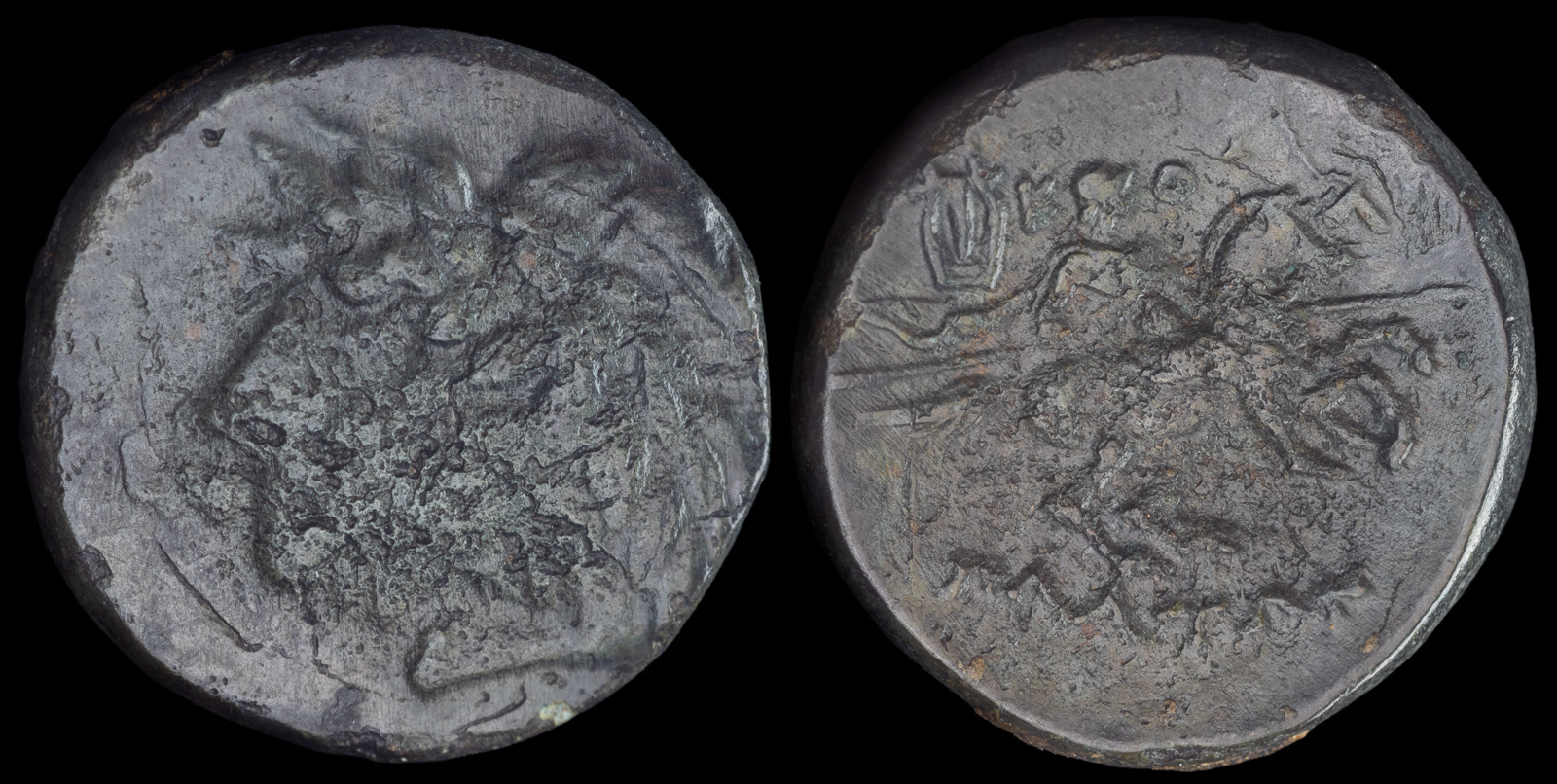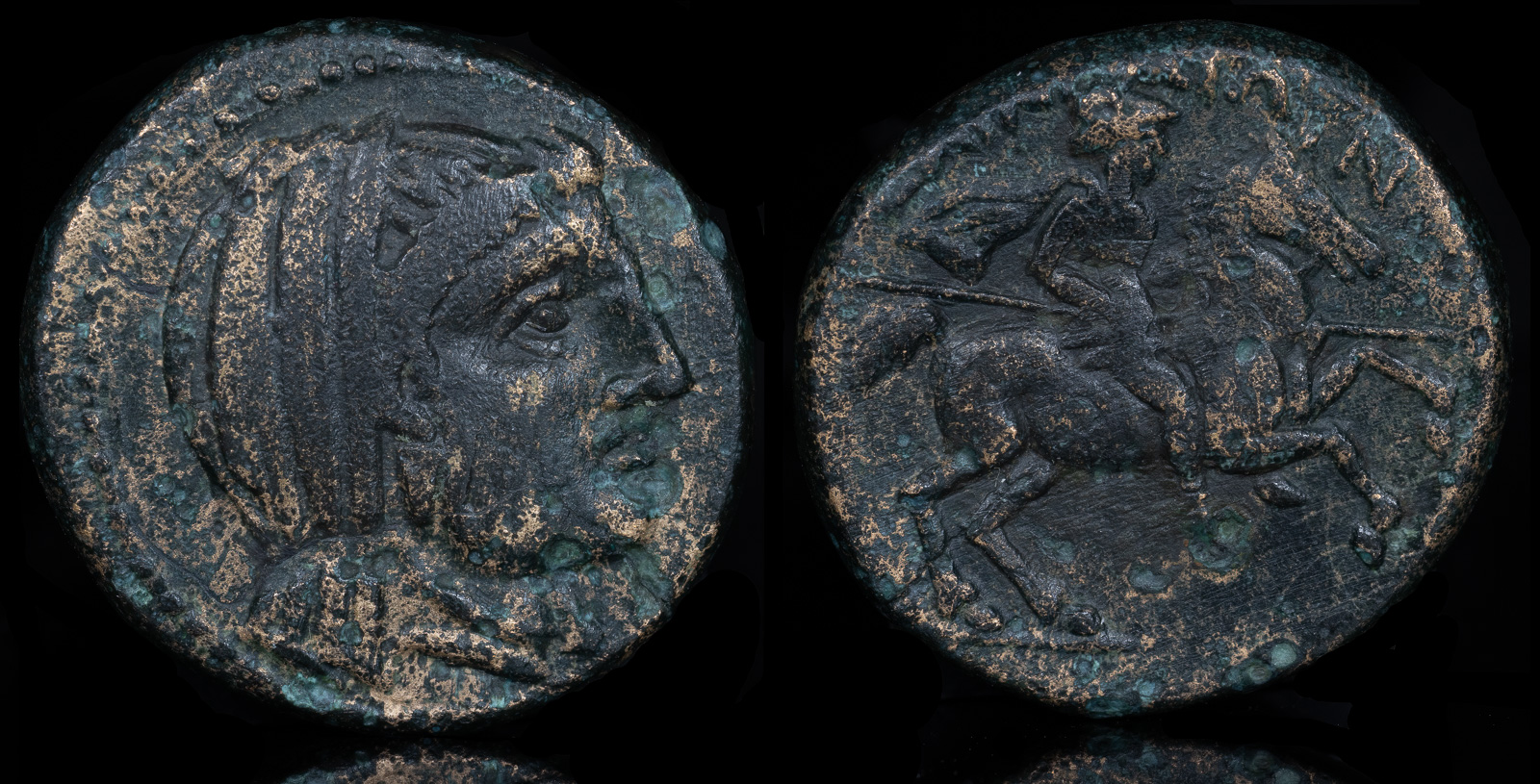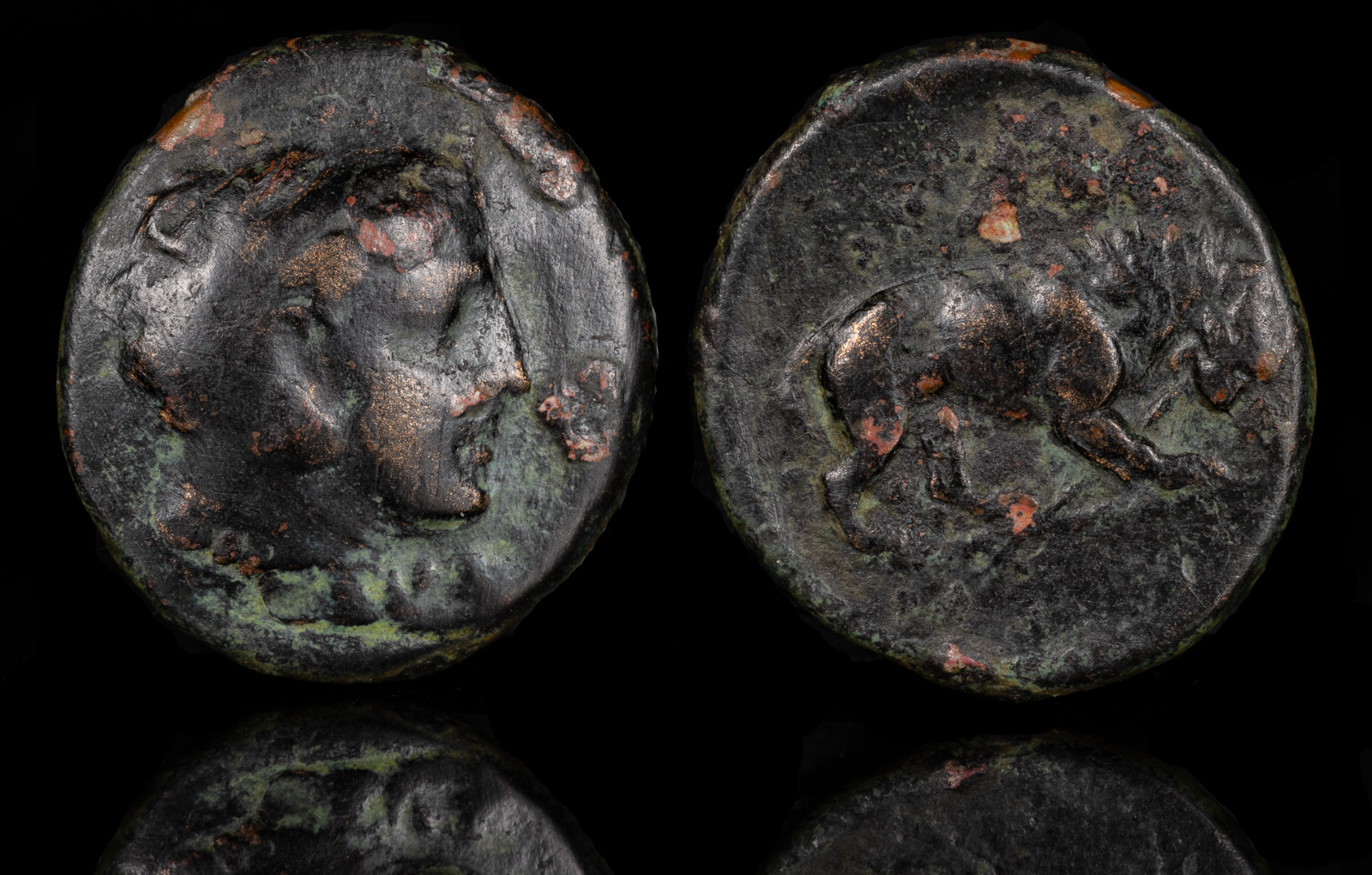Javelin
View All Tags
Javelins were typically carried by light infantry or skirmishers, often referred to as peltasts or rhoplites. These soldiers were equipped with smaller shields, and their primary role was to harass the enemy from a distance by throwing javelins before retreating to a safer position or allowing heavier troops, such as hoplites, to engage in direct combat. The use of the javelin in this capacity was highly tactical, as the light infantry would attempt to disrupt the enemy’s formations and throw off their lines, often causing confusion or casualties before the heavier troops closed in.
The design of the javelin was versatile, with some being intended solely for throwing, while others could be used in close combat if necessary. The javelin typically had a wooden shaft with a metal tip, which was sometimes barbed, allowing the weapon to stick into the target. A key feature of javelins in ancient Greece was their lightweight nature, which allowed soldiers to carry multiple javelins into battle, enabling them to throw several times during a skirmish before retreating to regroup or rearm. Javelin throwers often formed a vital part of a larger battle strategy, where they were used to wear down the enemy or create openings for heavier infantry to exploit.

Ionia, Kolophon
Platon, magistrate
ca 330-285 BCE
Æ 18mm, 6.45g, 11h
Laureate head of Apollo r.
R/ Horseman riding r. with chlamys flying behind, holding lance; kithara in upper l
BMC 35

Thessaly, Pelinna
Æ Dichalkon (20mm, 7.49g, 12h)
late 4th to early 3rd centuries BCE
Head of Mantho veiled r. R/ Helmeted Thessalian rider wearing chlamys and short tunic, charging r. with couched lance on prancing horse.
BCD Thessaly 534.1; Rogers 432; HGC 4, 275

Kings of Macedon, Perdikkas III (365-359 BC).
AE 17.5mm, 3.21g, 12h
Head of Herakles r., wearing lion skin. R/ Lion standing r., breaking javelin with its jaws.
SNG ANS 114; SNG Alpha Bank 240; HGC 3.1, 839.
Ex London Ancient Coins